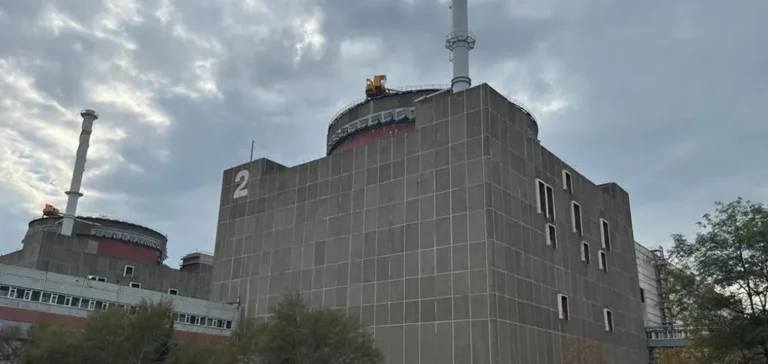The International Atomic Energy Agency (IAEA) is seeking an agreement between Ukrainian and Russian authorities to implement localised ceasefires around the Zaporizhzhia nuclear power plant in southeastern Ukraine. The objective is to allow repairs to damaged electrical infrastructure that powers the facility, currently under Russian occupation and operating for several weeks solely on diesel generators.
Two ceasefire zones to secure power lines
According to two diplomats familiar with the matter, the plan proposed by the IAEA involves a two-phase restoration. A first ceasefire zone with a radius of 1.5 kilometres would be established to access the 750-kilovolt Dniprovska line, the plant’s primary external power source, located in Russian-controlled territory. A second similar zone would be set up to repair the 330-kilovolt Ferosplavna-1 line, situated in Ukrainian-held territory.
The agency intends to deploy experts to supervise on-site repairs. The work was initially scheduled between October 11 and 17, but could not begin as planned. While Ukraine has provided secure access guarantees, Russia has yet to deliver sufficient commitments, according to a European diplomat.
Prolonged risk of nuclear incident
The plant, the largest in Europe, lost its last external power line on September 23 and has since relied on backup generators. This is the tenth complete loss of power since the start of the full-scale invasion, and the longest to date. The IAEA has warned that a failure of these generators could lead to a loss of reactor cooling, resulting in fuel melting and a potential radioactive release into the environment.
The 330-kilovolt backup line has been inoperable since May, and ongoing shelling near the site has prevented permanent repairs. The agency stresses that although the plant is shut down, it remains vulnerable as long as its safety systems depend on temporary power sources.
Continued deadlock despite bilateral talks
IAEA Director General Rafael Grossi met with Russian President Vladimir Putin on September 25 in Moscow, followed by a meeting with Rosatom Director General Alexei Likhachev. He later held talks with Ukrainian Foreign Minister Andrii Sybiha on September 29 in Warsaw. No formal timeline has been confirmed since these meetings.
In a public statement, Ukrainian President Volodymyr Zelensky said Ukraine was ready to repair the lines within its territory, as it had done several times before, accusing Russia of obstructing safety efforts. He called for increased international pressure to force Moscow to cooperate.






















